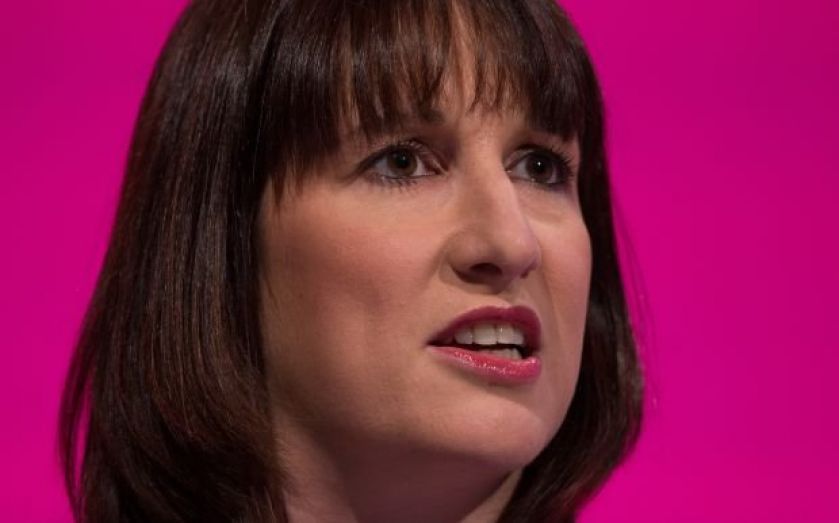Fiddling with pensions is fine. Changing the overall model is not, though
Most Chancellors tinker with pensions allowances - but it's important to remember that none have changed the underpinning model of pensions tax relief - for good reason


Most Chancellors tinker with pensions allowances – but it’s important to remember that none have changed the underpinning model – for good reason
As we approach the Budget on 30 October, speculation is growing – again – as to whether the Chancellor will make changes to the taxation of pensions, alongside the other options available to shore up the nation’s finances.
At an annual net cost of around £50bn, pensions tax relief will certainly merit a post-it note on the flipchart in the Budget meeting room.
But this time around, there will likely be a bigger post-it note next to that; one that signals the £3 trillion or so of pension investments that could be tilted further towards growth of the UK economy. This may prove a more appealing discussion, and one that could deliver much greater benefits to the balance sheet.
In truth, few Chancellors have left pensions entirely alone, with allowances moving up or down, or removed entirely, as in the case of the Lifetime Allowance. Importantly though, none of those have changed the underpinning model of pensions tax relief.
Taxation of pensions works on the principle of deferred income. People don’t pay tax on income they choose to set aside and save, instead paying the relevant rate of income tax when they access their savings later in life. This ensures people only pay tax on their income once, balancing out tax over their lifetime in return for the public services they need.
For most people, they will receive 25 per cent of that income tax free, as an incentive for giving up access for many years while the money is invested.
Some people pay less tax in retirement as they move from the higher to basic rate band, but this is commensurate with a drop in income. Conversely, some people pay higher rates of tax in retirement in exchange for accessing large sums from their savings pot in a single tax year.
These principles underpin the success of automatic enrolment, in that people can be enrolled without consent into workplace pensions on the basis that it is an appropriate savings vehicle for almost everyone.
Automatic enrolment has been, without doubt, one of the most successful policy innovations in recent decades, transforming the number of employees saving for retirement from a minority to a sizable majority.
It was conceived under a previous Labour government, but largely implemented under a Conservative-led coalition, with the oversight of a Liberal Democrat pensions minister. Cross-party collaboration of this magnitude only persists where a policy carries an unassailable consensus, where everyone agrees with the long-term objective.
If changes were made to tax incentives which raised questions for some employees as to the suitability of saving into a pension, it would risk undermining the very model of automatic enrolment. That could prove to be a major setback in preparing future generations for retirement, and most likely lead to bigger economic challenges in the years ahead.
Any review should respect the coherence and principles of the model for pensions tax relief, and instead consider other options, such as allowances that can easily be changed from year to year, or anomalous exemptions, such as the generous treatment of certain death benefits.
And if we are serious about corralling more pensions money to support economic growth, a stable tax regime will be crucial.
Barry O’Dwyer is CEO of Royal London



